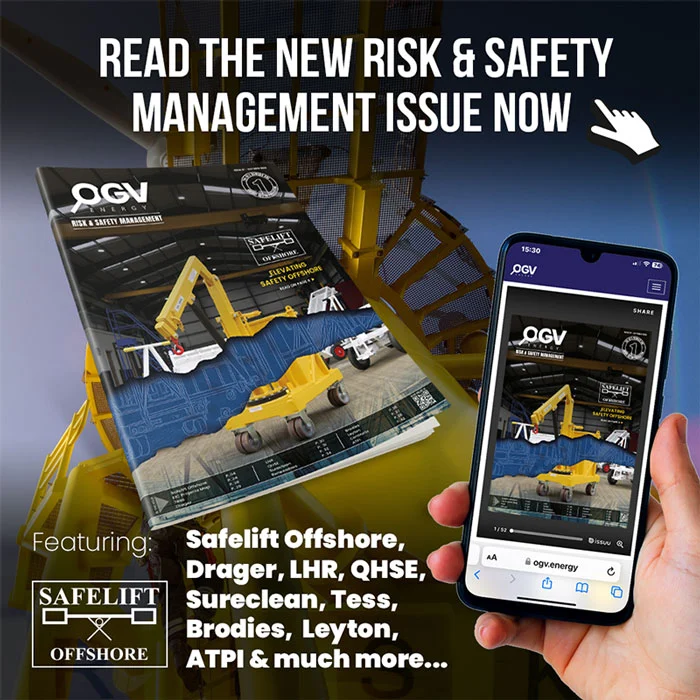Inspection backlog has quietly become one of the most dangerous normalisations in integrity management.
It’s discussed in dashboards, tolerated in reviews, and rationalised as “manageable.” But backlog isn’t just a scheduling issue, it’s a creeping uncertainty that eats away at our confidence in the true condition of our assets.
When inspection or anomaly work is deferred, something subtle but serious happens: we stop knowing, and start assuming.
What Risks Lie in the Backlog
Each item in backlog represents a point of doubt, a gap in our understanding of integrity. It may be an overdue visual, a pending anomaly assessment, or a delayed thickness check. But collectively, these gaps distort how we perceive and prioritise risk.
The hidden dangers are clear:
- High-risk systems remain unseen, while lower-priority scopes consume attention.
- Anomalies age without verification, losing context with each passing month.
- Risk models drift, because they’re fed by outdated or incomplete data.
Deferred Backlog gives us the illusion of control – we can measure it, track it, report on it – yet it quietly hides what we no longer understand.
It’s not the list itself that’s dangerous, but the blind spots it represents.
Over time, this acceptance breeds complacency.
The more backlog becomes “business as usual,” the more we lose touch with reality. Deferred inspections turn into forgotten ones. Risks that were once high priority blend into the noise. And that’s how critical issues can hide in plain sight — not through inaction, but through overload.
From Delay to Decision: How RVI Changes the Equation
This is where GDi’s Remote Visual Inspection (RVI) provides genuine relief as a viable inspection method in its own right.
RVI uses structured digital capture – high-resolution imagery, spatial mapping, and traceable datasets – to perform complete integrity inspections remotely. The process operates within ISO 17020 inspection standards, ensuring the same level of assurance, documentation, and auditability as any conventional campaign.
At GDi, an Oceaneering Company, RVI is delivered by highly competent OIE-grade inspectors, bringing the same professional rigour and engineering judgement expected in traditional inspection but executed through a digital framework. This allows inspections to be completed, verified, and signed off without delay, maintaining full compliance and traceability.
RVI doesn’t just help us see the backlog, it allows us to resolve it.
Each inspection provides a defensible record, enabling engineers to confirm asset condition, close actions, or escalate verified anomalies for further assessment.
The benefits are clear:
- Auditable coverage – every inspection is evidence-based, traceable, and reviewable.
- Scalable execution – inspection activity flexes with operational demand and priority.
- Reduced human error – consistent imagery, digital overlays, and multiple reviewer sign-off improve accuracy.
In short, RVI turns backlog into clarity and clarity into action.
Relieving the Hidden Risk
The most powerful outcome of RVI is the relief it brings to integrity management.
It restores understanding where uncertainty has taken hold. It transforms deferred actions into completed inspections. It gives integrity teams a credible, quality-assured route to reduce and sometimes remove backlog altogether.
RVI doesn’t replace inspection; it redefines how it’s delivered.
It turns passive backlog into active knowledge, allowing teams to see, assess, and act without delay.
Because backlog isn’t just a list — it’s a risk.
And by applying RVI as part of the inspection toolkit, we can finally stop carrying that risk forward and start closing it down.














